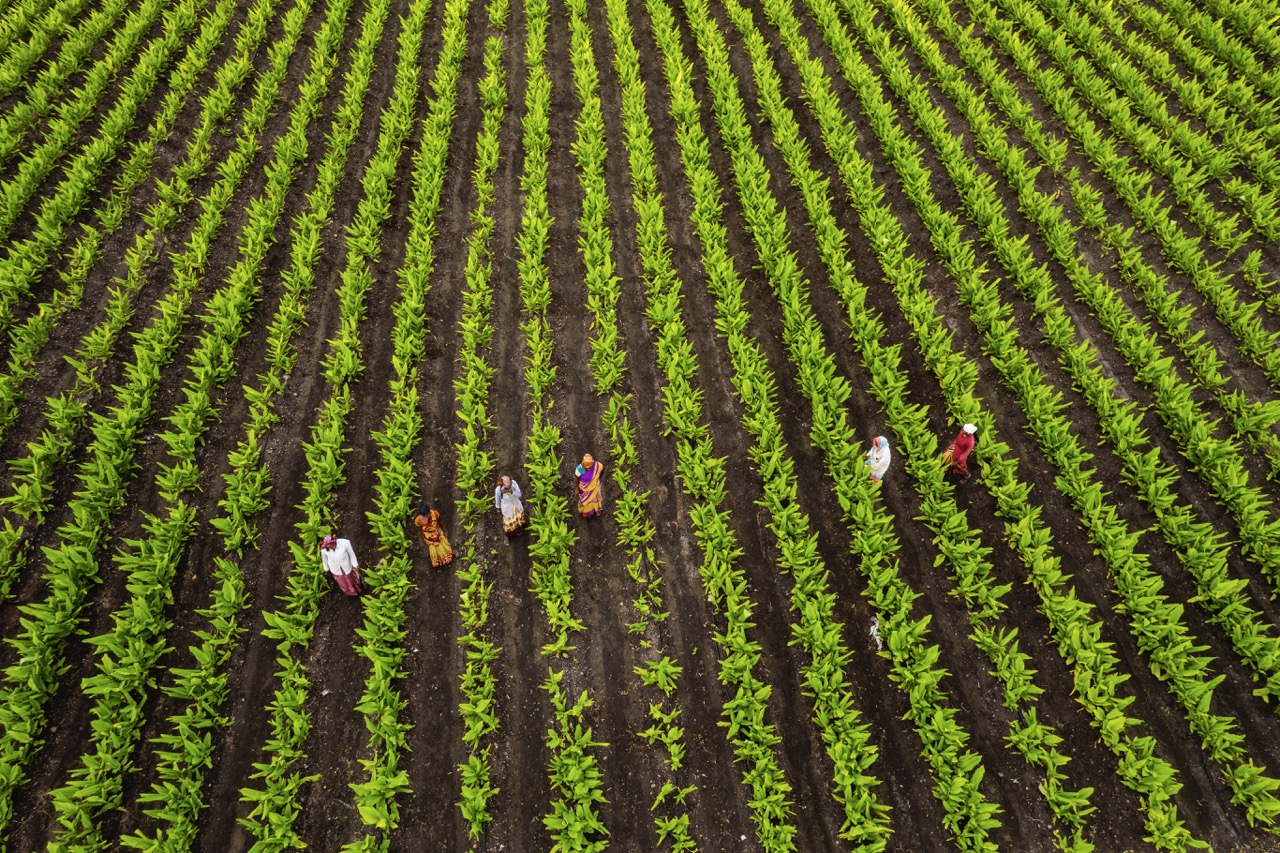In the face of global challenges such as climate change, food insecurity, and an increasing population, agricultural innovation has never been more crucial. One of the lesser-known yet profoundly impactful methods to stimulate such innovation is crop sharing. This practice not only enhances productivity but also fosters collaboration among farmers, leading to economic benefits and sustainable practices. By examining the role of crop sharing, we can better understand its potential to revolutionize agriculture.
Understanding Crop Sharing: A Catalyst for Agricultural Growth
Crop sharing refers to the practice where farmers agree to share their land, resources, or even labor to cultivate crops. This arrangement can come in many forms, such as co-ops, land leases, or community-supported agriculture (CSA). The primary goal is to optimize land use and resources, thereby maximizing yields and minimizing waste. By pooling their resources, farmers can gain access to better technology, seeds, and expertise that may otherwise be unavailable to them.
The significance of crop sharing is further magnified in regions where agricultural land is scarce or expensive. In areas facing economic constraints, this innovative approach allows multiple farmers to cultivate land that would be too costly to manage independently. As a result, crop sharing can serve as a lifeline for smallholder farmers, providing them with opportunities that promote resilience and sustainability in their agricultural practices.
Moreover, by embracing crop sharing, farmers can cultivate a diverse range of crops, which not only enhances soil health but also increases biodiversity. This diversity is essential for sustainable agriculture, as it reduces dependency on single crops and fosters a more balanced ecosystem. In turn, this can lead to improved food security and resilience against pests and climate-related challenges.
How Crop Sharing Fosters Collaboration Among Farmers
Collaboration is at the heart of crop sharing, as it encourages farmers to work together to achieve common goals. By sharing resources and knowledge, farmers can tap into collective expertise that enhances their operational capabilities. This collaborative spirit allows for the exchange of best practices, reducing the learning curve associated with new agricultural techniques and technologies.
Furthermore, crop sharing often leads to the formation of networks and community groups among farmers. These networks can serve as platforms for innovation, as members share insights about crop rotation, pest management, or sustainable farming practices. The collective problem-solving approach can lead to groundbreaking solutions and adaptations that individual farmers might not have been able to develop alone.
The spirit of collaboration also extends beyond the immediate farming community. Through crop sharing, farmers can create connections with agronomists, researchers, and agricultural technologists. This engagement opens up avenues for knowledge transfer and access to cutting-edge agricultural innovations, ultimately leading to more sustainable and efficient farming practices.
The Economic Benefits of Innovative Crop Sharing Models
Innovative crop sharing models have the potential to deliver significant economic benefits to farmers and the agricultural sector as a whole. By sharing resources, farmers can effectively reduce their operational costs, including expenses related to equipment, labor, and inputs. This shared economy approach allows them to allocate their financial resources more efficiently, enabling them to invest in improvements that enhance productivity.
Moreover, crop sharing can create new market opportunities for farmers. By cultivating diverse crops and collaborating with others, farmers can tap into niche markets and consumer demands for organic or locally sourced produce. This diversification not only increases their income potential but also reduces the risks associated with market fluctuations in single-crop farming.
In regions where crop sharing has been implemented successfully, studies have shown a noticeable increase in income among participating farmers. The synergy created through shared efforts often results in enhanced productivity and profitability, contributing to rural development and the overall strengthening of local economies.
Future Prospects: Scaling Agricultural Innovation Through Sharing
Looking ahead, the potential for scaling agricultural innovation through crop sharing is immense. As technology continues to evolve, digital platforms that facilitate crop sharing are becoming increasingly popular. Apps and online marketplaces can connect farmers, enabling them to find suitable partners for sharing resources, land, and knowledge, making the process more efficient and accessible.
Additionally, there is a growing recognition among policymakers and agricultural organizations of the need to support collaborative farming strategies. By implementing supportive policies and providing incentives for crop sharing initiatives, governments can foster an environment where innovation flourishes. This support can take the form of grants, technical assistance, or access to research and development resources.
Ultimately, the future of agriculture may well hinge on our ability to embrace cooperative practices like crop sharing. By fostering collaboration and innovation among farmers, we can not only boost productivity but also ensure a sustainable and resilient agricultural landscape for generations to come.
In summary, crop sharing stands as a powerful catalyst for agricultural innovation, driving growth through collaboration and resource optimization. By understanding the dynamics at play within this practice, farmers can unlock economic opportunities while promoting sustainable practices. As we look toward the future, scaling these innovative models will be crucial in addressing the pressing challenges facing global agriculture. Embracing crop sharing can pave the way for a more resilient, productive, and equitable agricultural ecosystem.









